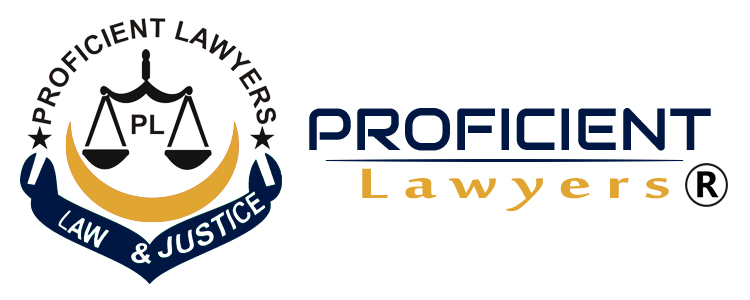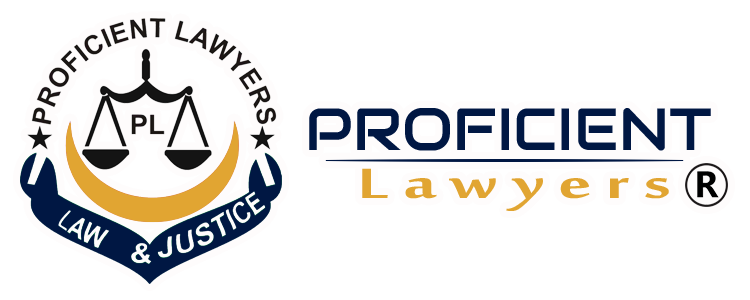Getting the most out of the team’s time and energy is click to investigate vital to a company’s long-term success. Efficiency and effectiveness are two different things.
The distinction between these two concepts is that efficiency focuses on business processes and operation that optimize them to minimize the amount of waste (time and money) and maximize the benefits. Effectiveness on the other hand, is more strategic, focusing on achieving objectives and building an enterprise that is able to provide value for customers.
For instance, an efficient, but ineffective team could finish tasks quickly, but it will not have any impact on the short – or long-term success of the company. One way to avoid this is to regularly monitor and analysis of key performance indicators, such as stock levels in production or customer satisfaction, to find issues. This can help improve the performance of employees and boost productivity, and also increase profits.
An excellent way to boost efficiency is to establish the culture of continuous improvement. This can be accomplished by implementing digital dashboards that compile real-time data and highlight inefficiencies. For instance manufacturing companies might observe a decrease in output due to inadequate planning or capacity management. This could be due to a defective piece of equipment or a schedule that is overbooked or a staff member who is underutilized.
Businesses can implement solutions by identifying the problem. This includes reducing waste in inventory or repetitive processes, as well as streamlining workflows for faster processing. In the end, the more efficiently a business operates more efficiently, the more competitive it can be.


